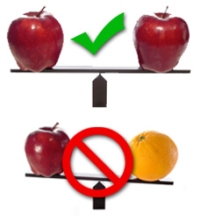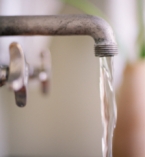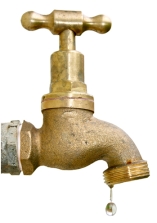
Emission Reduction Credits
Offsets for NSR
An owner planning to purchase an engine (or other source of air pollution) may use emission reduction credits to make up for an increase in air pollution from the new engine so that the air stays clean and there are reductions in air pollutants.

Owners and operators of new or modified major sources of air pollution need to offset the increase in pollution so that the air shed does not become more polluted. Emission reductions achieved by shutting down an existing emissions unit may be entered into a registry by the Department as Continuous Emission Reduction Credits (CERCs). These shutdowns are viewed as a continuous stream of credits.
Registration of CERCs from shutdowns is only a first step, and a separate process from approval of the use of CERCs to offset a particular increase in nonattainment pollutant emissions that occurs in accordance with RCSA Section 22a-174-3a(l) as implemented in the permitting process.
NOx Trading
An owner of an existing engine (or other source of air pollution) may use emission reduction credits to more than make up for the high pollutant levels from the engine so that the air stays clean and there are reasonable reductions in air pollutants.

Owners and operators of existing sources of air pollution cooperate so that the air shed becomes cleaner over time. Emission reductions achieved by reducing emissions at an existing emissions unit may be entered into a registry by the Department as Discrete Emission Reduction Credits (DERCs). These reductions are viewed as discrete credits because they are not a continuous stream.
The Department allows sources that emit at levels below the regulatory threshold, to make DERCs approved by the Department, available for use by owners and operators of sources that are not consistently able to meet emission requirements of RCSA Section 22a-174-22 as currently configured.
Additional Emissions Trading Information
Transport Rule
Ozone and fine particle pollution cause thousands of premature deaths and illnesses each year. These pollutants also reduce visibility and damage sensitive ecosystems. The Transport Rule would improve air quality in the eastern US by reducing power plant emissions from 31 states and the District of Columbia.
Economic Incentive Programs
Economic Incentive Programs (EIPs) use market-based strategies to encourage people to reduce emissions of air pollutants in the most efficient manner. This guidance provides the information you need to know to develop a discretionary EIP, submit it to the EPA, and receive approval from the EPA. This guidance pertains to discretionary EIPs that are or will be measured in State implementation plans (SIPs) and Tribal implementation plans (TIPs).
Emissions Trading Relating Links
Content Last Updated July 28, 2021

